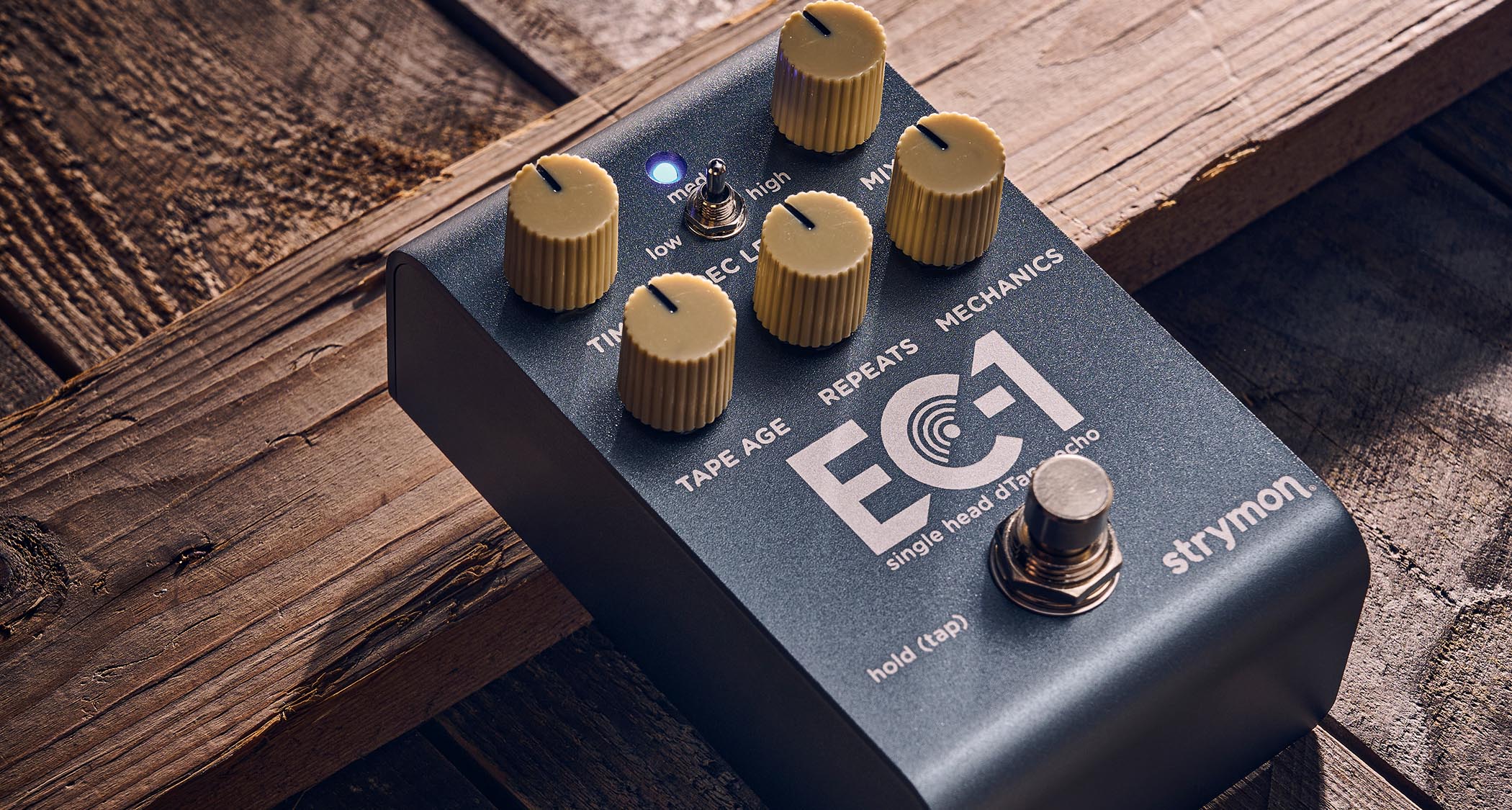MusicRadar Verdict
This pedal offers loads of subtle variation on a sound that has a real connection to the past, and its stereo option makes it more compatible with modern rigs. What you’re getting here is a perfect melding of vintage sound with modern practicality.
Pros
- +
Compact size.
- +
Accurate emulation of Echoplex sound.
- +
Stereo operation.
- +
Range of adjustable parameters.
- +
Tap tempo.
- +
MIDI.
Cons
- -
The secondary functions can be a faff.
MusicRadar's got your back
What is it?
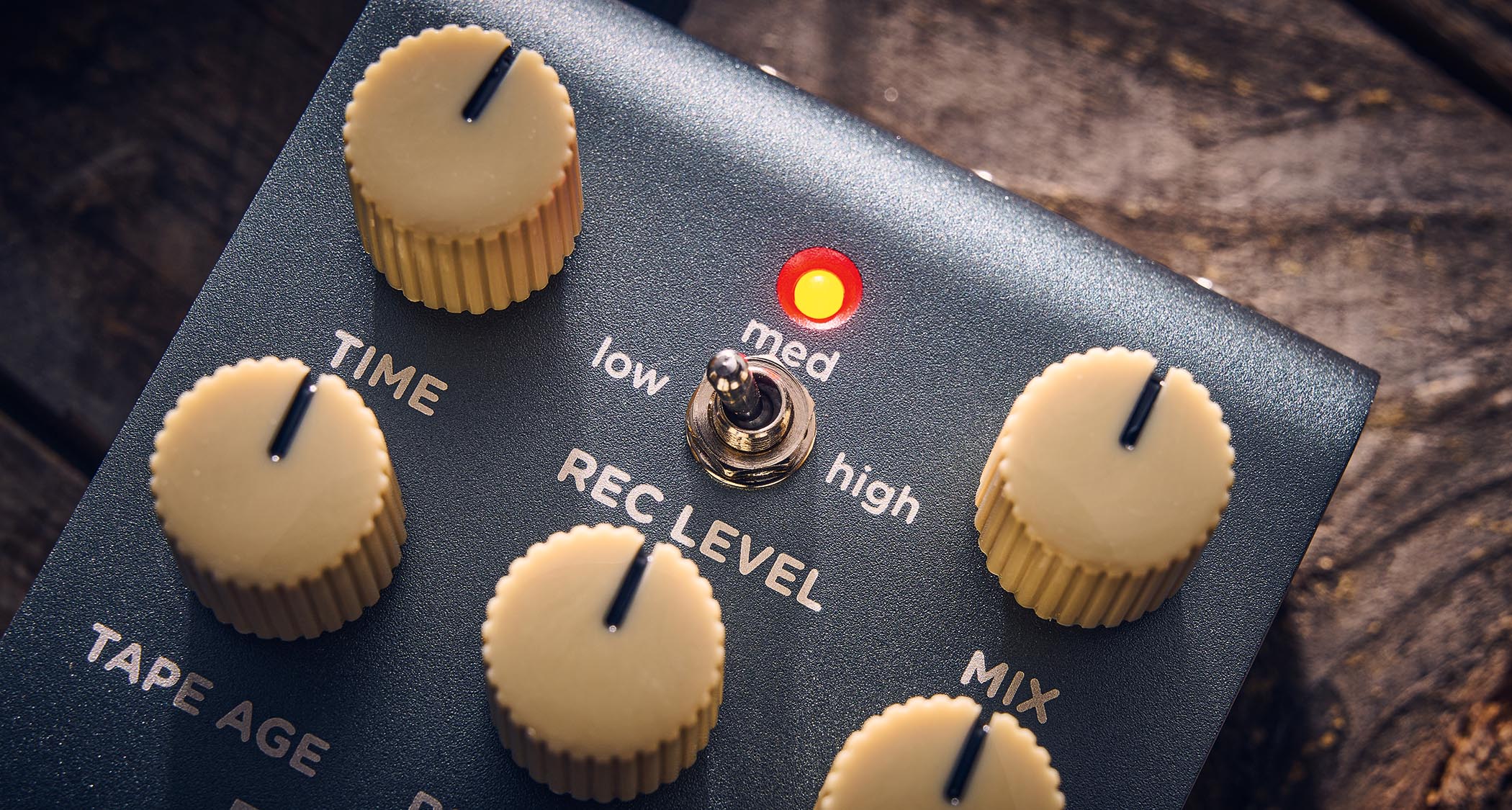
The Echoplex single-head tape echo is right up there in the pantheon of iconic guitar effects, not just for its obvious echo functionality but also the sound of its preamp, used by players like Jimmy Page and EVH, to enhance electric guitar tone with or without the echo.
Strymon has previously released pedals offering the tape echo sound – in particular the twin-footswitch El Capistan that features three different tape echo types, including single-head – but the company has now released a smaller pedal, the EC-1, which puts the focus solely on that single-head sound, building on the algorithm and the ‘dTape’ technology used in El Capistan.
Where other popular tape echoes worked by having a fixed-position recording head and several fixed-position playback heads, the Echoplex had just a single-playback head (hence the single-head classification), but it had a moveable recording head that slid on a rail so that the distance between the two heads determined the delay time, the tape speed being constant.
It was available in different iterations over the years, most notably the EP-2 with a valve preamp, and the long-running solid-state EP-3.
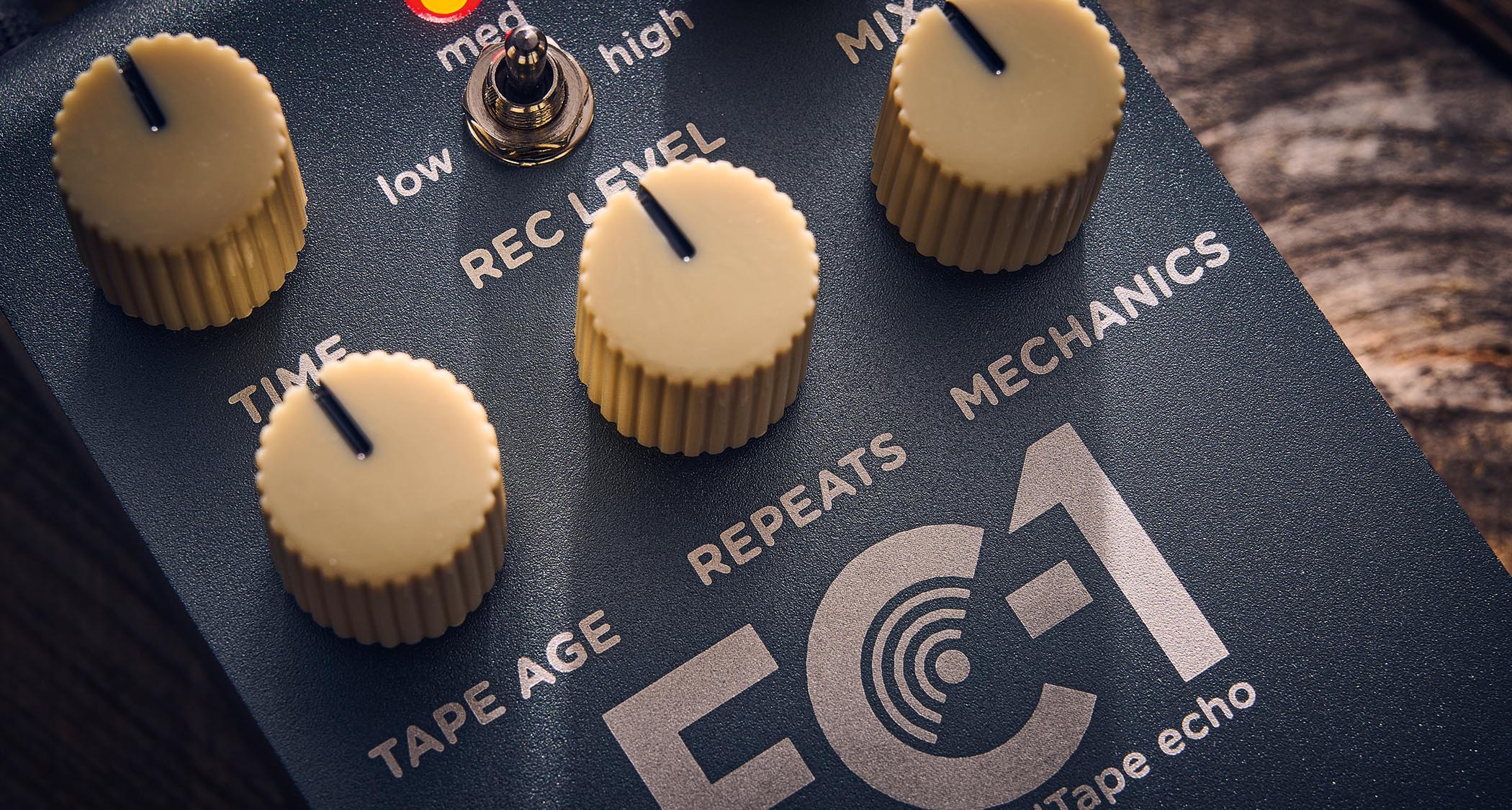
Strymon has modelled the new pedal on a unit in its possession: an EP-2 that was modded by the legendary technician Cesar Diaz for a warmer sound that is closer in frequency response to an EP-3 – effectively, says Strymon, putting the best aspects of the various vintage Echoplex models into a single unit.
Specs
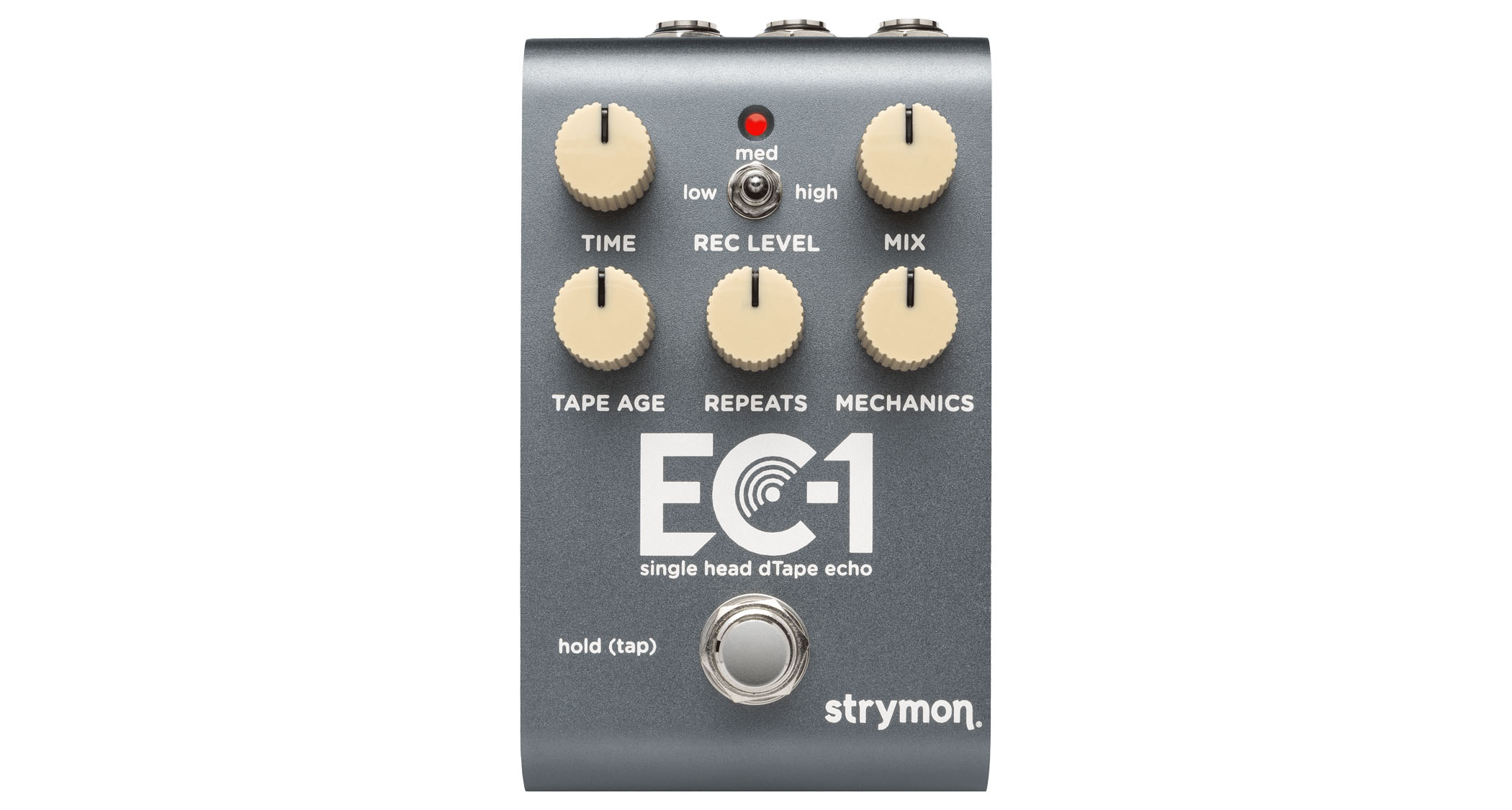
- PRICE: $279/£279/€319
- ORIGIN: USA
- TYPE: Delay pedal
- FEATURES: Selectable True or Buffered bypass, Tap Tempo, tempo can sync to MIDI Clock, 300 preset locations via MIDI, infinite mode, 50ms to 1s delay time, spillover mode
- CONTROLS: Time, Mix, Tape Age, Repeats, Mechanics, Rec Level (Low/Med/High) switch, Mono/Stereo switch, Bypass footswitch
- CONNECTIONS: Standard TRS input, standard TRS output, EXP/MIDI, USB
- POWER: 9V DC adaptor (not supplied) 250 mA
- DIMENSIONS: 69 (w) x 117 (d) x 64mm (h)
- CONTACT: Strymon
Usability and sounds
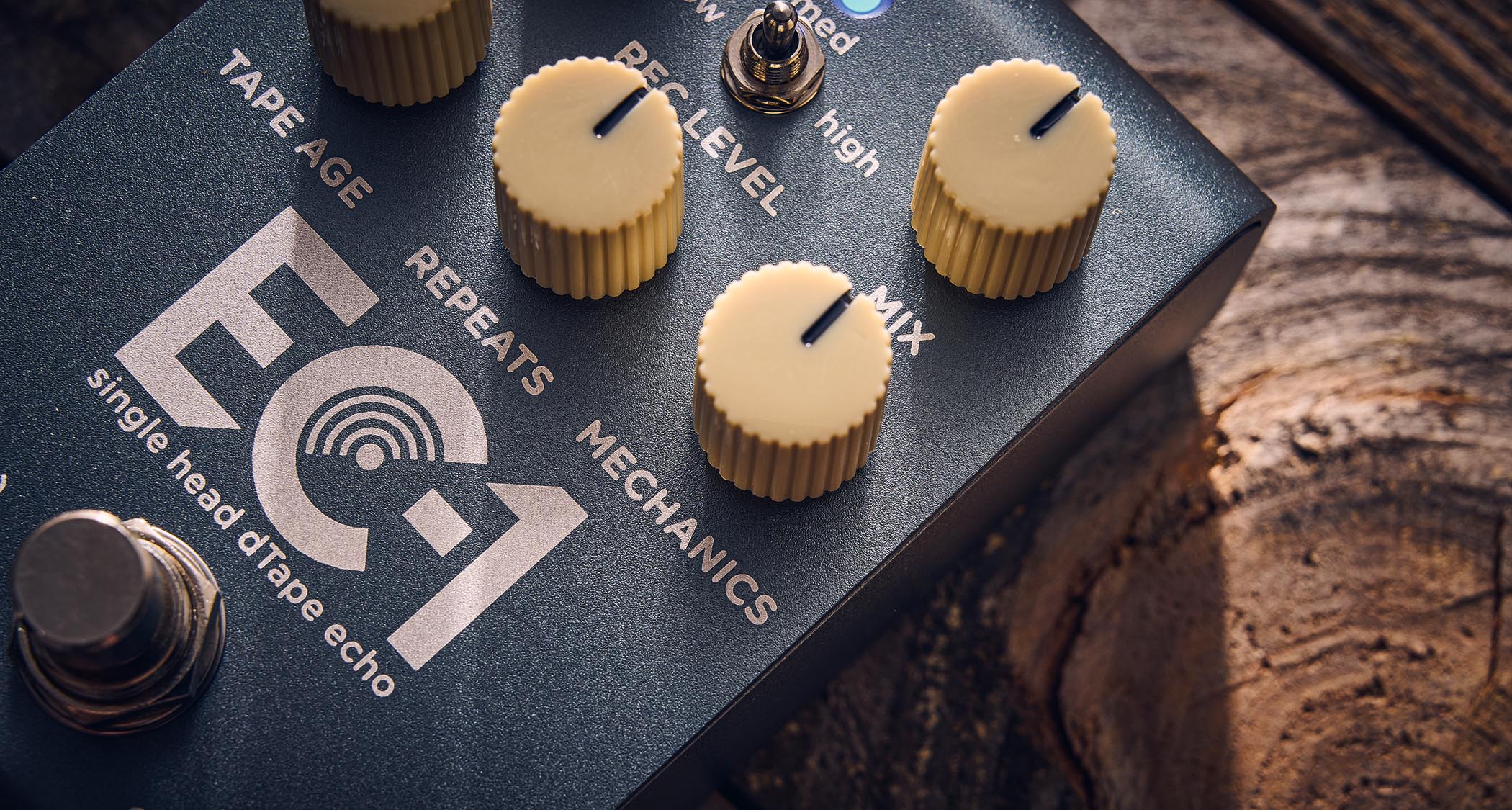
The EC-1 pedal has TRS jacks and you can set it for mono operation, mono in/stereo out or full stereo via a three-position switch on its rear panel, taking it beyond the capabilities of an original mono Echoplex.
It’s possible to use the pedal’s preamp solely for its tone-shaping capabilities if you keep the Mix knob at zero for a purely dry sound
It has a simple hands-on control surface, though it does have a few secondary functions that involve holding down the footswitch while turning a knob – one of which is selecting the preamp sound. It’s possible to use the pedal’s preamp solely for its tone-shaping capabilities if you keep the Mix knob at zero for a purely dry sound.
Want all the hottest music and gear news, reviews, deals, features and more, direct to your inbox? Sign up here.
There are two different preamps available as well as a ‘preamp off’ setting: an original EP-3 preamp with accentuated highs will give an enhanced presence to your sound, while the modded preamp (the default option) offers a more balanced frequency response that fattens things up nicely. Both feel good to play through, and in addition you can set a volume boost up to a maximum of 6dB.
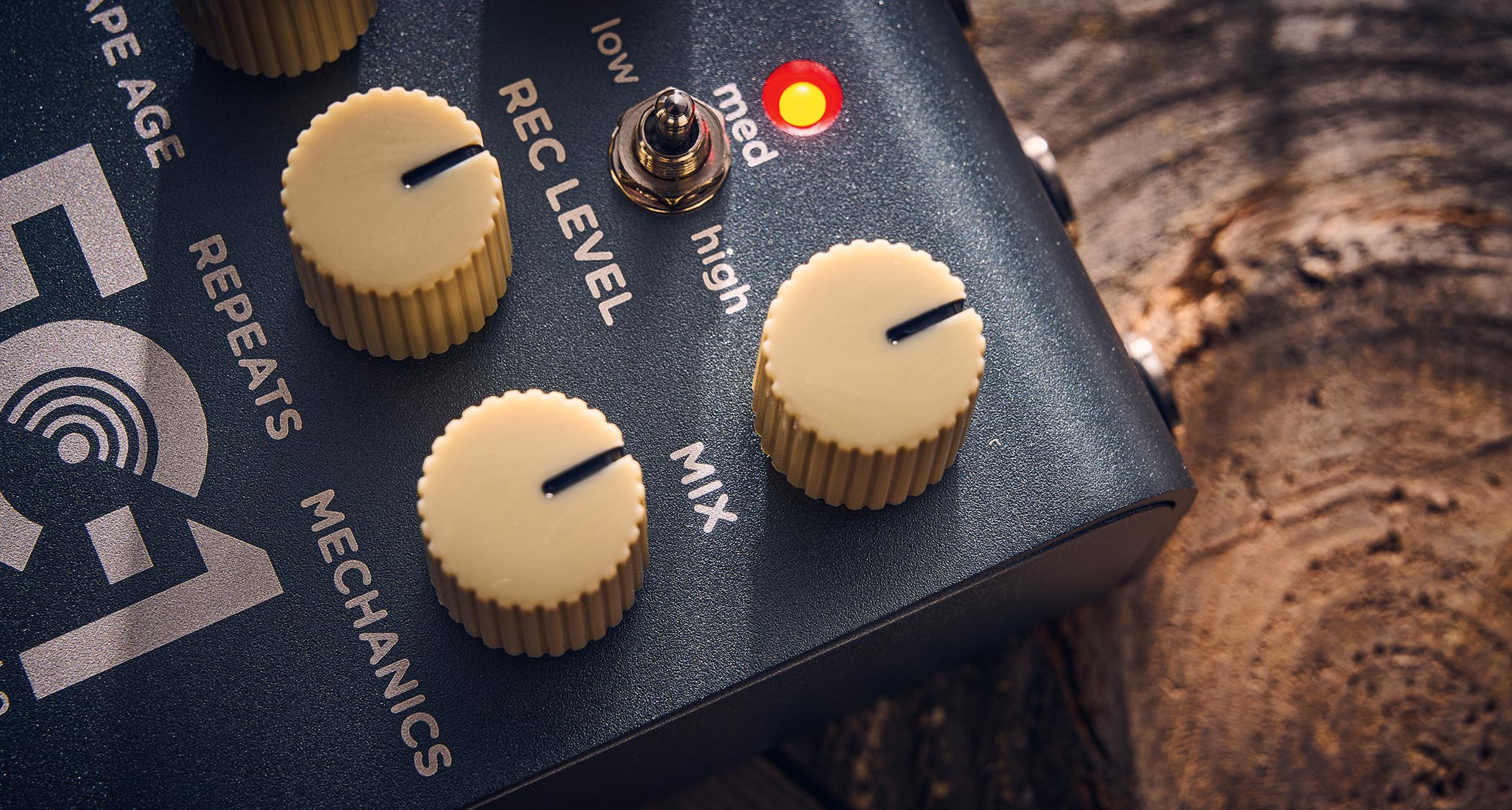
The actual echo is adjusted by the usual delay Time, dry/wet Mix and Repeats knobs that you’d find on any delay pedal, but you also get three choices for how the signal hits the virtual tape if you want a more saturated sound. The Low setting represents unity gain with optimised tape bias and will give you the cleanest sound.
Medium increases the saturation with a 6dB input signal boost and increased tape bias, and the High setting’s 12dB boost and higher bias deliver the crustiest repeats. Working really well in conjunction with all this is the Tape Age control, which progressively subdues the repeats’ top-end.
Plenty of variation, then, to tweak the sonics to best suit your needs, but in all cases the repeats blend really well with guitar sound, the trail fading away organically with a tonal degradation that ensures they don’t get in the way of your playing. What’s more, there’s a sweet segment on the Repeats knob’s travel that allows you to employ a really long chain of repeats before it reaches the point where they spiral off into oscillation.
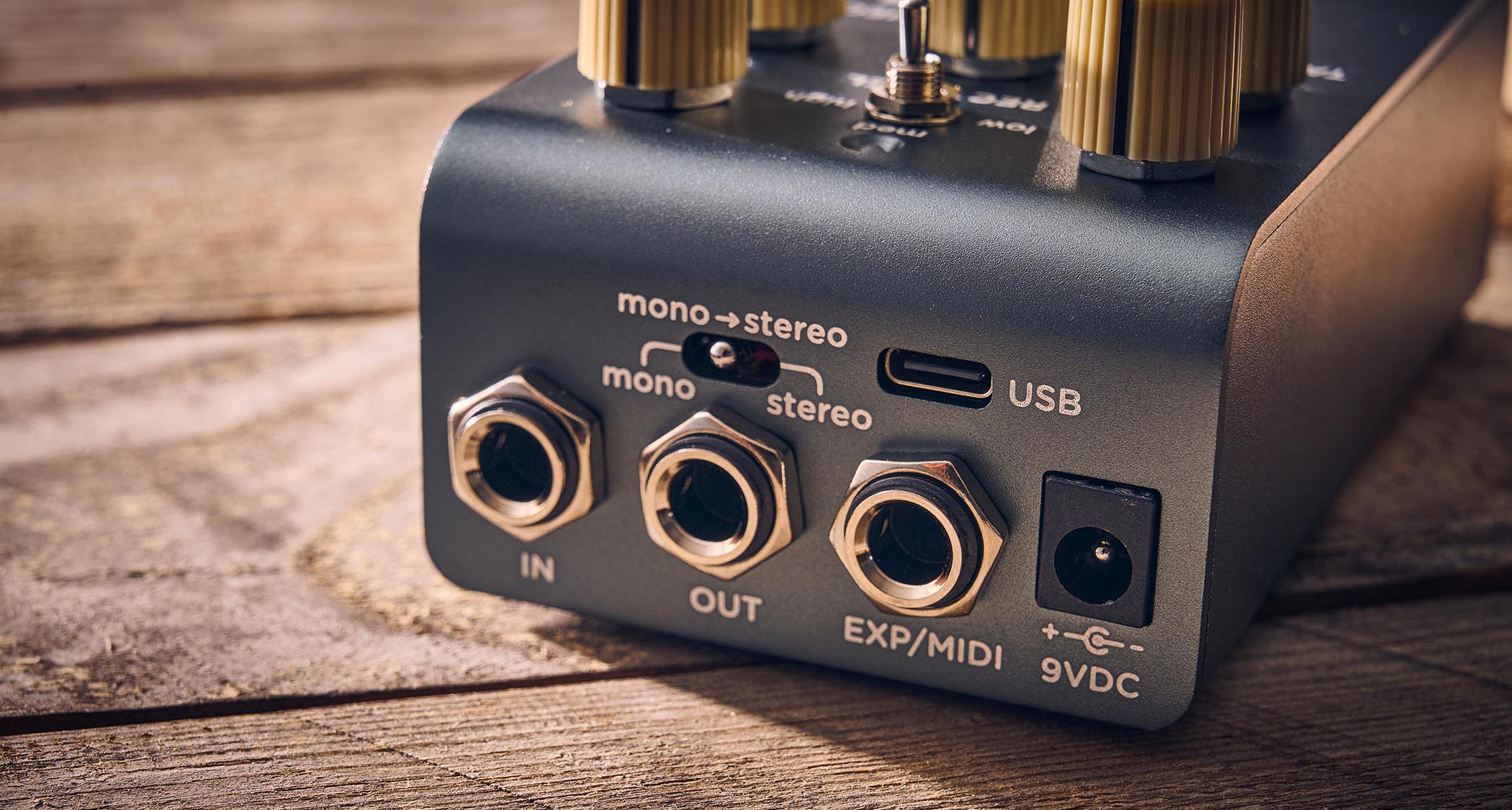
Further sonic adjustment is available from the Mechanics knob, which replicates the common mechanical idiosyncrasies of a tape delay as well as instances of out and out broken behaviour.
At lower levels, there’s tasty pitch modulation as it reproduces a tape transport’s wow and flutter, running from a frisson of interest to a washy sound. As you advance the knob beyond its mid-point those fluctuations are reduced and added to by faster disturbances reminiscent of tape crinkle and splices, and capstan slippage.
Towards the end of the knob travel you get the wow and flutter added in more prominently until you get the sonics of a well-knackered unit, which will be anathema to some, as players with tape echo machines usually strive to keep them in tip-top condition.
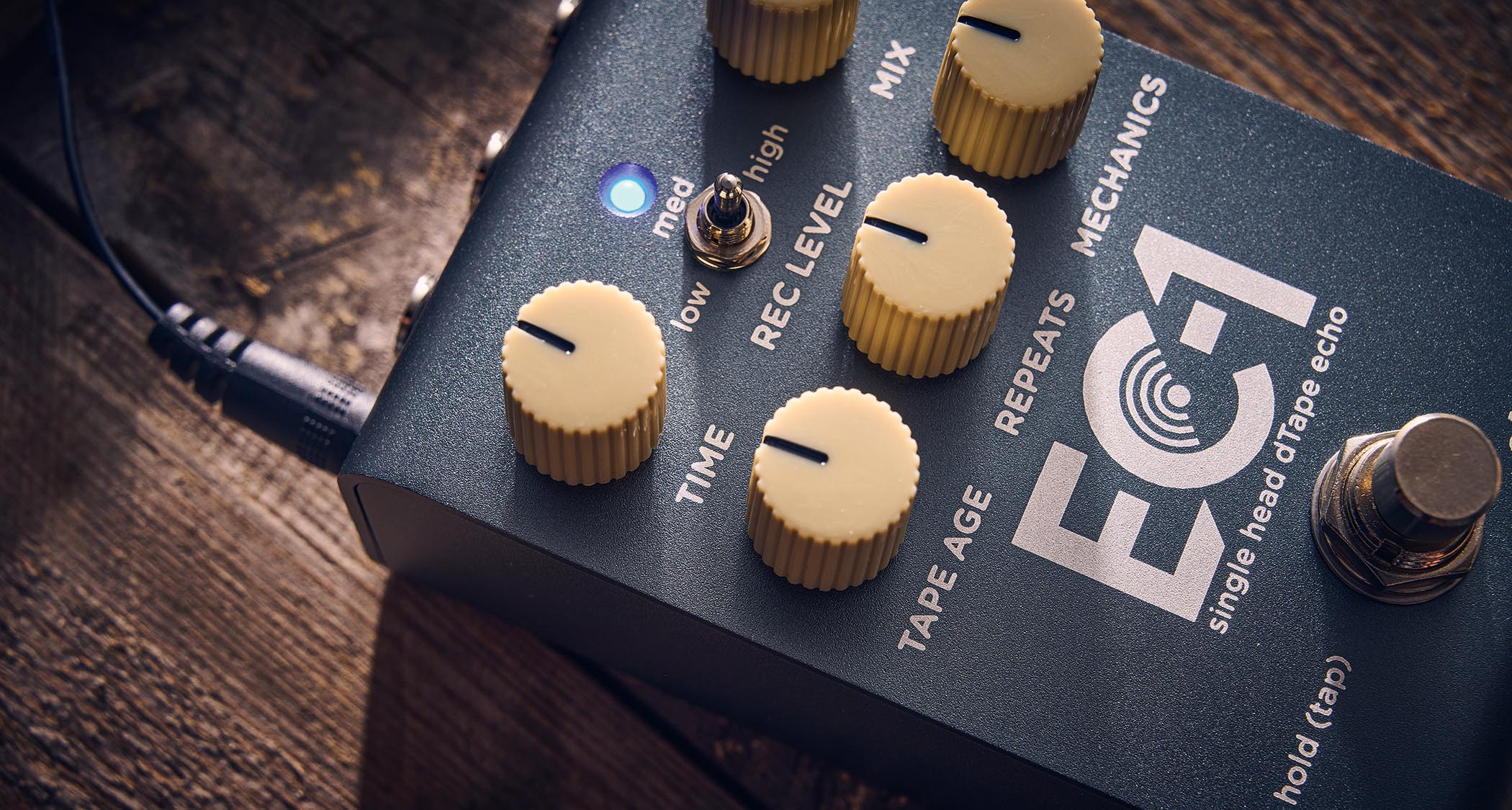
The point, though, has to be that it’s good to have all of these options. If you use an original tape echo machine, you get the sound that is dependent on the tape and the machine’s condition at that moment in time.
But, here, you can benefit from large amounts of variation to carve out the consistent, exact sound you need. That, an expanded delay range and stereo options make this a really evolved take on the Echoplex.
Hands-off functions include tap tempo with a choice of four tap divisions, from the pedal itself (Tap Tempo mode is entered by holding down the footswitch) or by adding an external footswitch. You can also sync the pedal to a MIDI clock signal. In fact, MIDI is fully implemented in the pedal, giving you control of parameters and access to a massive 300 presets.
The addition of an expression pedal is supported for parameter changes or you can add a footswitch, not just for tap tempo but also to provide infinite delay repeats by holding down the switch.
Verdict
Verdict: ★★★★★
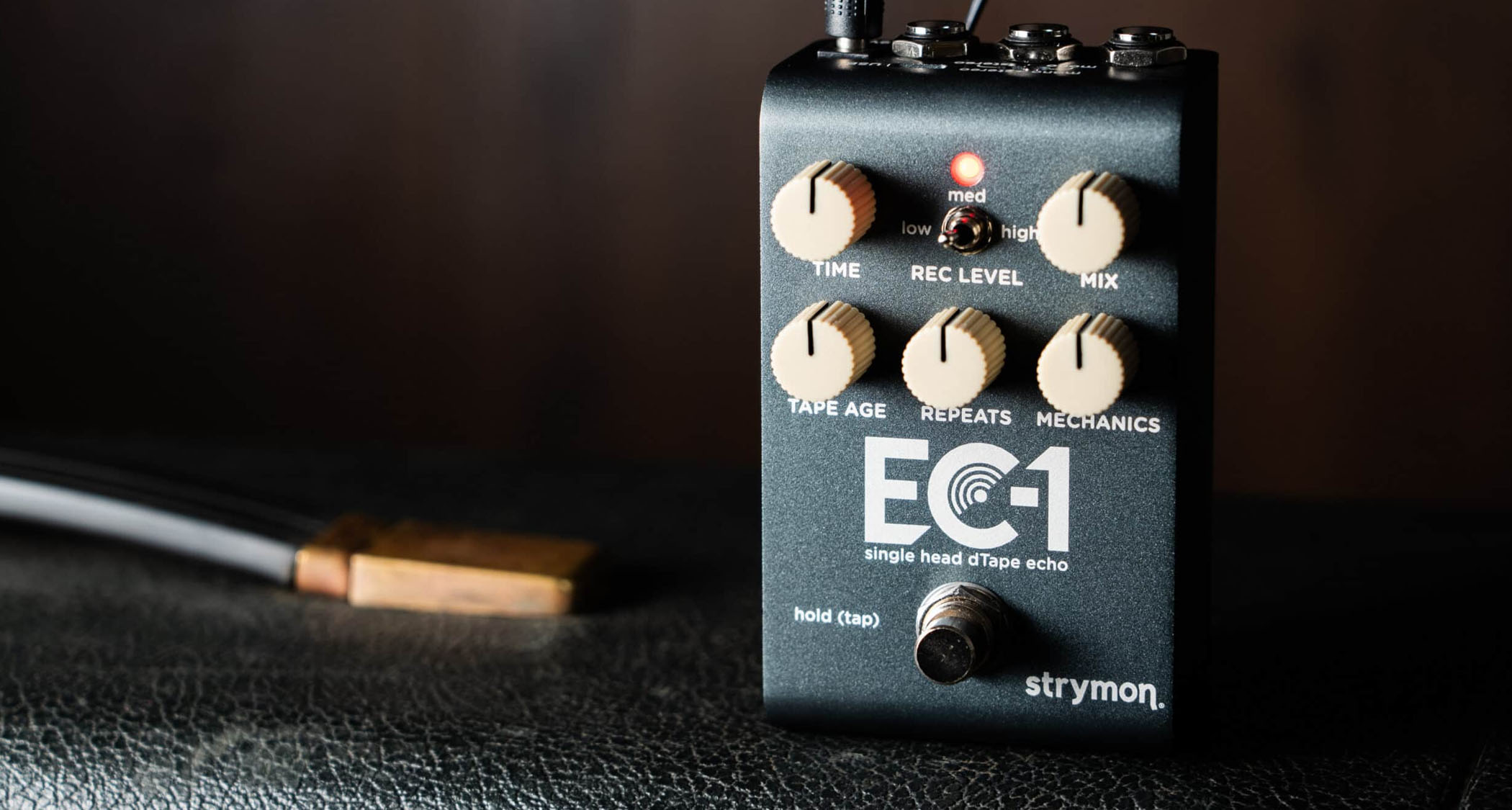
More often than not a simple delay with the basic controls will do the trick, and the EC-1 not only fits that bill, it also sounds wonderful
There are any amount of all-singing, all-dancing multi-delay pedals around, not least Strymon’s own excellent TimeLine, but often these are overkill when it comes to the essential gear most guitarists would need to get through a gig.
More often than not a simple delay with the basic controls will do the trick, and the EC-1 not only fits that bill, it also sounds wonderful.
MusicRadar verdict: This pedal offers loads of subtle variation on a sound that has a real connection to the past, and its stereo option makes it more compatible with modern rigs. What you’re getting here is a perfect melding of vintage sound with modern practicality.
Hands-on videos
Strymon
Guitar Center
Mike Hermans
Trevor Curwen has played guitar for several decades – he's also mimed it on the UK's Top of the Pops. Much of his working life, though, has been spent behind the mixing desk, during which time he has built up a solid collection of the guitars, amps and pedals needed to cover just about any studio session. He writes pedal reviews for Guitarist and has contributed to Total Guitar, MusicRadar and Future Music among others.
You must confirm your public display name before commenting
Please logout and then login again, you will then be prompted to enter your display name.
